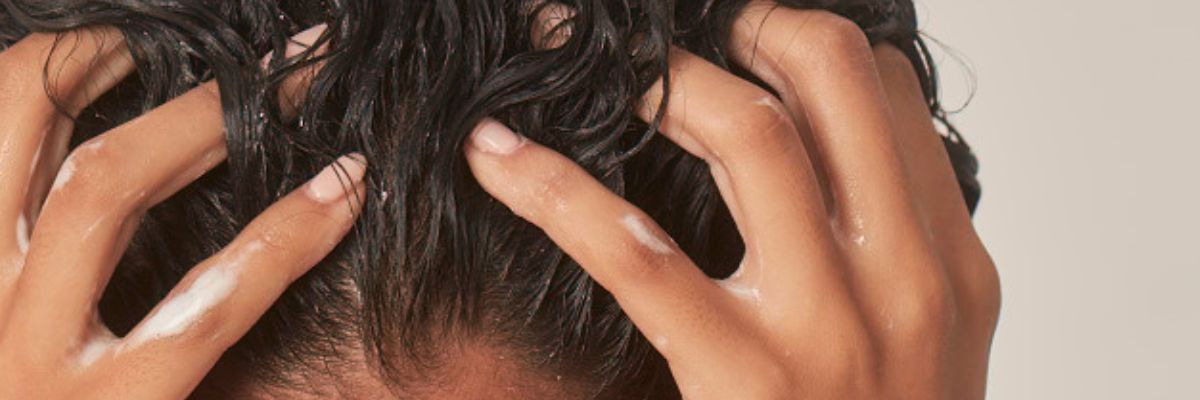Rosacea is a common skin condition that most people have heard of and many have experienced. What might surprise you is that there is not just one type of rosacea, there are four. If you think you are suffering from Rosacea, a good start is to be informed on the different types, seek an expert opinion to help manage your condition and ensure you use appropriate skincare products.

What is Rosacea?
Rosacea is a chronic inflammatory skin condition that mainly affects the face, causing redness, visible blood vessels, bumps, and sometimes eye irritation. It is often misunderstood as acne, an allergic reaction, or just sensitive skin—but it is actually its own condition with different causes and treatments.
There are four main forms of rosacea:
Erythematotelangiectatic Rosacea (ETR)
This is the most common type. The first symptoms are usually facial redness or dilated blood vessels. This can then progress to flushing on the cheeks, nose, and forehead. It may also appear on the scalp, neck, and chin. Other symptoms are tingling, swelling, dryness and scales. If it is not managed, the condition can cover larger areas of skin.
Papulopustular (Acne) Rosacea
Just like ETR, acne rosacea causes facial redness and swelling, but what makes it different is it mainly affects middle-age women and can cause the following symptoms:
- Spider veins
- Acne-like breakouts. These acne breakouts mainly occur on the face and are generally large, painful blemishes called papules and pustules that develop deep below the surface of the skin. In more severe cases, they can develop on the scalp, neck, chest and shoulders.
- Extremely oily skin
- Dry patches of skin that can become thick and scaly, turning into hard, rough patches called plaques

Phymatous Rosacea
This is the most severe form of rosacea. The main symptom is thickening of the skin, leading to patches and the skin becomes raised. In some cases, sufferers of this condition may also develop a related condition called rhinophyma where they develop a bulbous nose. This condition is more likely to affect men and rhinophyma can usually be avoided by managing the initial condition.
Other symptoms include:
- Redness
- Visible blood vessels
- Enlarged pores

Ocular Rosacea
As the name suggests, ocular rosacea affects the eyes. Symptoms include:
- Redness and inflammation around the eyes, on the eyelids and inside the eyes
- Bumps on the eyelids
- Watery, burning, and irritated eyes.
- General dryness and increased eye sensitivity
- Blurred vision and sensitivity to light
- Visible blood vessels on the eyelids and around the eyes

What makes this condition quite different to many other skin problems, is sufferers may develop multiple symptoms of the different types of rosacea, even at the same time.
Why a Detailed Diagnosis is Important
Because there are a range of symptoms that closely resemble other skin conditions, it can be challenging to have it diagnosed. Ocular Rosacea is one of the most often misdiagnosed forms of rosacea. Many experts fail to make the link between a skin condition like rosacea affecting the eyes.
Any misdiagnosis can compound the problem for sufferers, as if they are prescribed the wrong treatment, their rosacea symptoms can get worse.
To prescribe a treatment plan, a health professional must closely examine a sufferer’s skin. This should not be a 5-minute consultation, rather a deep discussion on the holistic factors such as the person’s overall health, diet, lifestyle, and stress levels. By understanding their overall health and wellbeing and all the symptoms, an expert has a better chance of identifying which types of rosacea the patient has.
What You Can Do
If you think you are suffering from rosacea and awaiting consultation with a health professional, the first step you can take is to trade any harsh skin care products with gentle ones.
AMPERNA® skincare is dedicated to creating revolutionary and unique formulas to help rebalance and transform the appearance of skin. The ingredients in AMPERNA® help to minimize inflammation and create the perfect conditions for your skin to shine.
AMPERNA® products can help rosacea through the power of probiotics.
Probiotics work in a similar way to antibiotics in the treatment of rosacea, with the advantage of not killing off the good bacteria. When applied directly to the skin they create a “bacterial interference" and their antimicrobial properties mean they can kill bad bacteria that is responsible for triggering inflammation.
The hero ingredient in the AMPERNA® range is the active probiotic complex, Lactococcus Ferment Lysate. This probiotic complex helps support the skin barrier; helping to protect you from aggressions such as environmental pollutants, helps keep your immune system in check and helps reduce inflammation. It acts as a protective layer on the skin, helps boost healthy looking skin and calm & soothe skin.
For people suffering with rosacea, the entire AMPERNA® product range can help:
- AMPERNA®Ultra Gentle Soothing Cleanser is a light gel cleanser specifically formulated with rosacea prone skin in mind. This ultra gentle formulation contains an infusion of sage and cucumber extracts to cool, soothe and nourish skin. It rinses clean without leaving an irritating residue or upsetting pH levels.
- AMPERNA®Probiotic+ DS Soothing Serum helps to reduce the appearance of redness as well as cooling and soothing irritated skin. The zinc and copper gluconates help to limit bacterial proliferation and replenish the skin barrier. It also contains a unique probiotic complex that helps promote the appearance of fresh skin.
Sources:
https://www.healthline.com/health/skin/rosacea#treatment
https://www.usdermatologypartners.com/blog/4-types-of-rosacea/
https://www.everydayhealth.com/rosacea/phases-of-rosacea.aspx
https://balmonds.co.uk/blogs/blog/what-are-the-4-types-of-rosacea
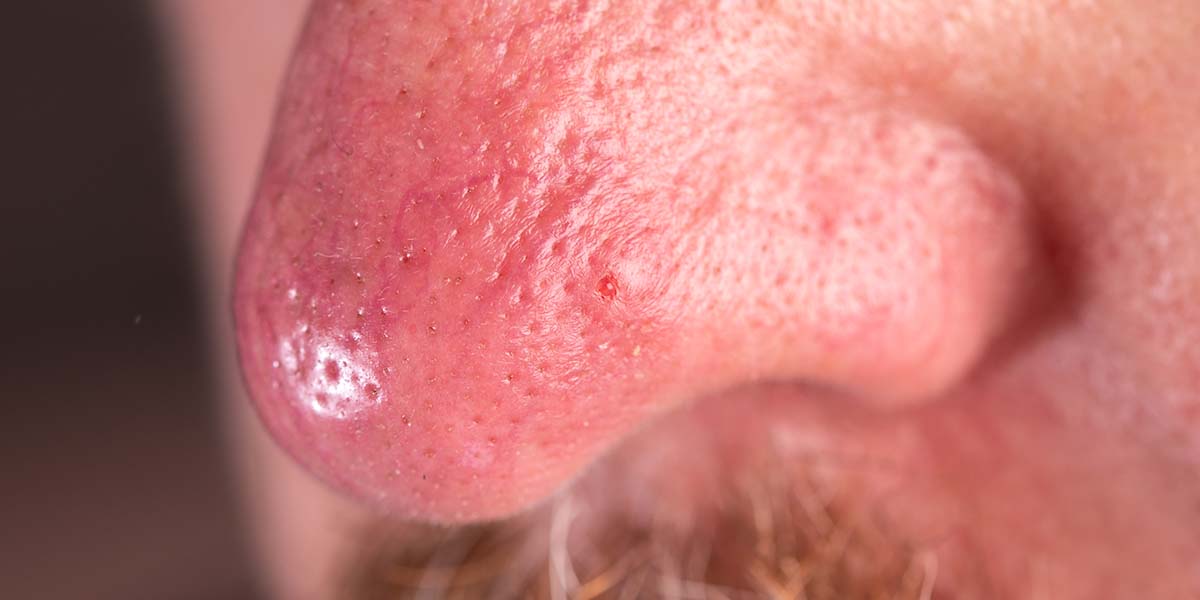

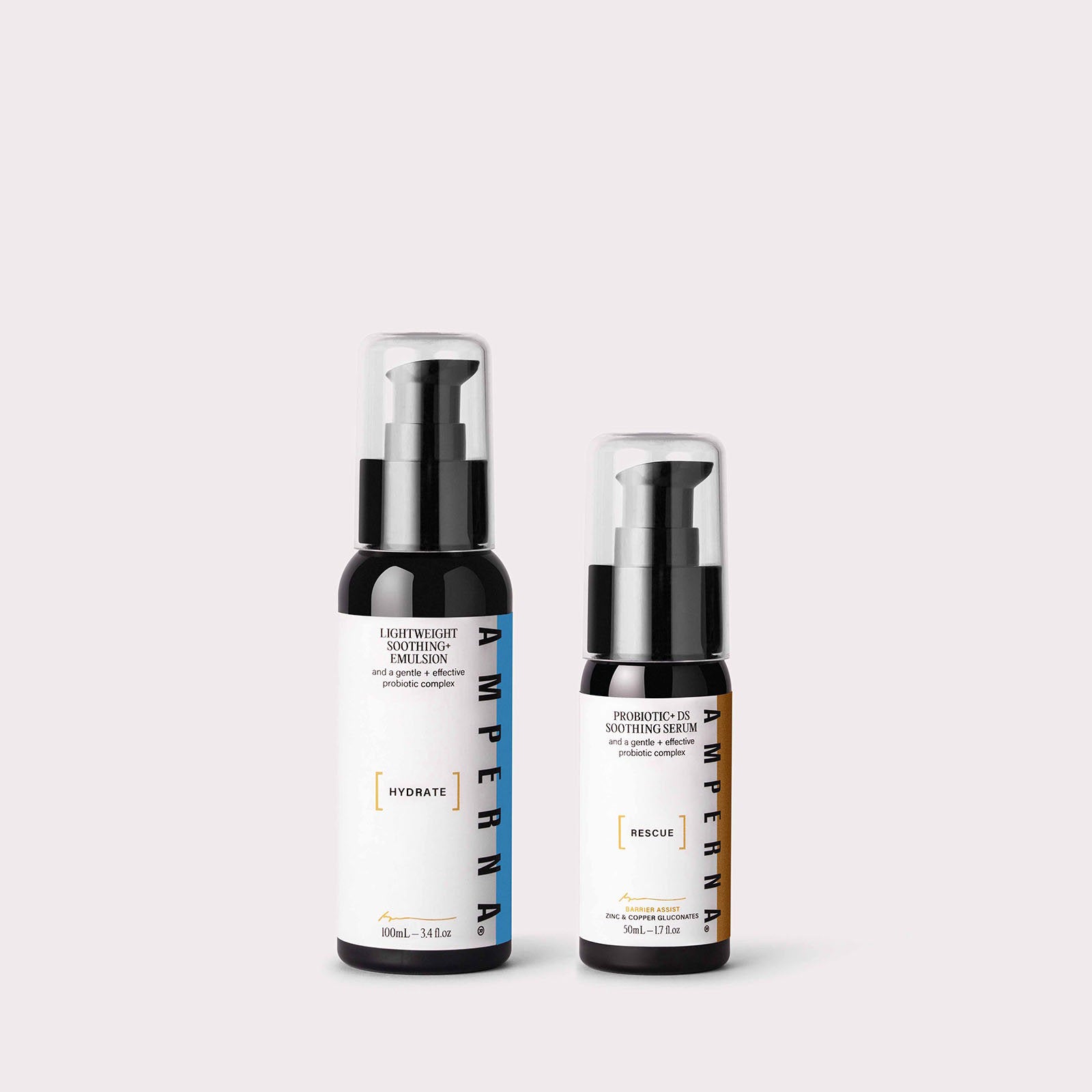
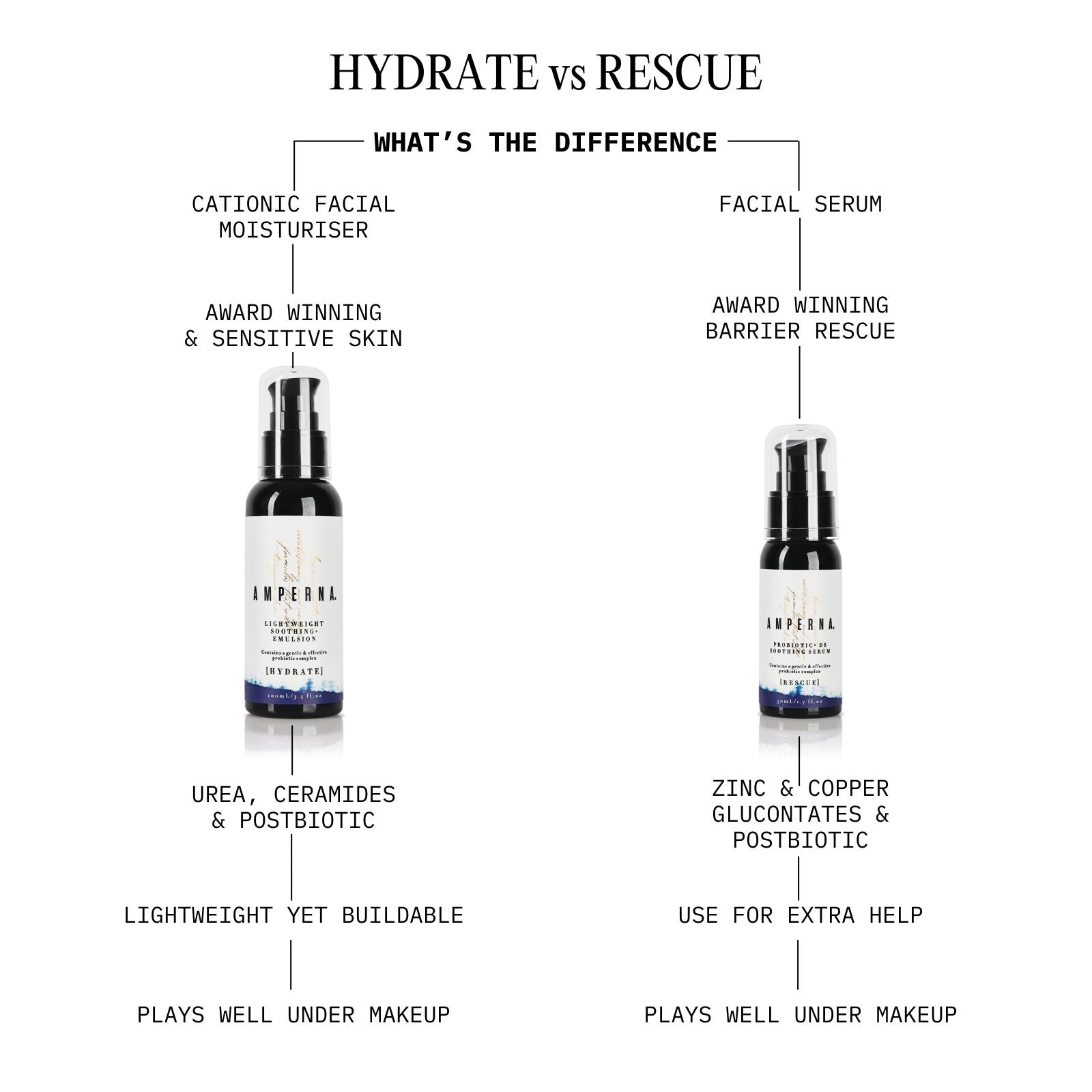
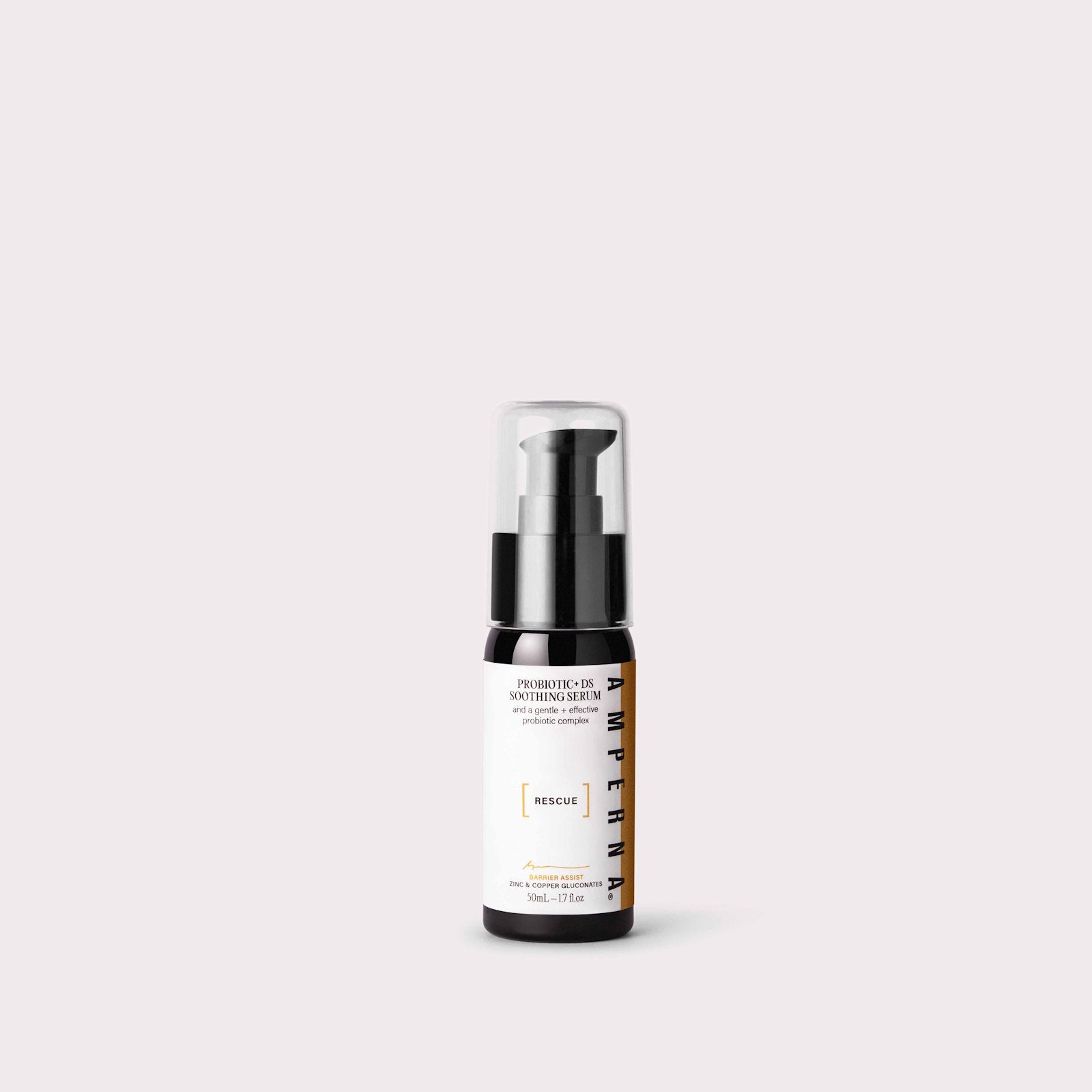
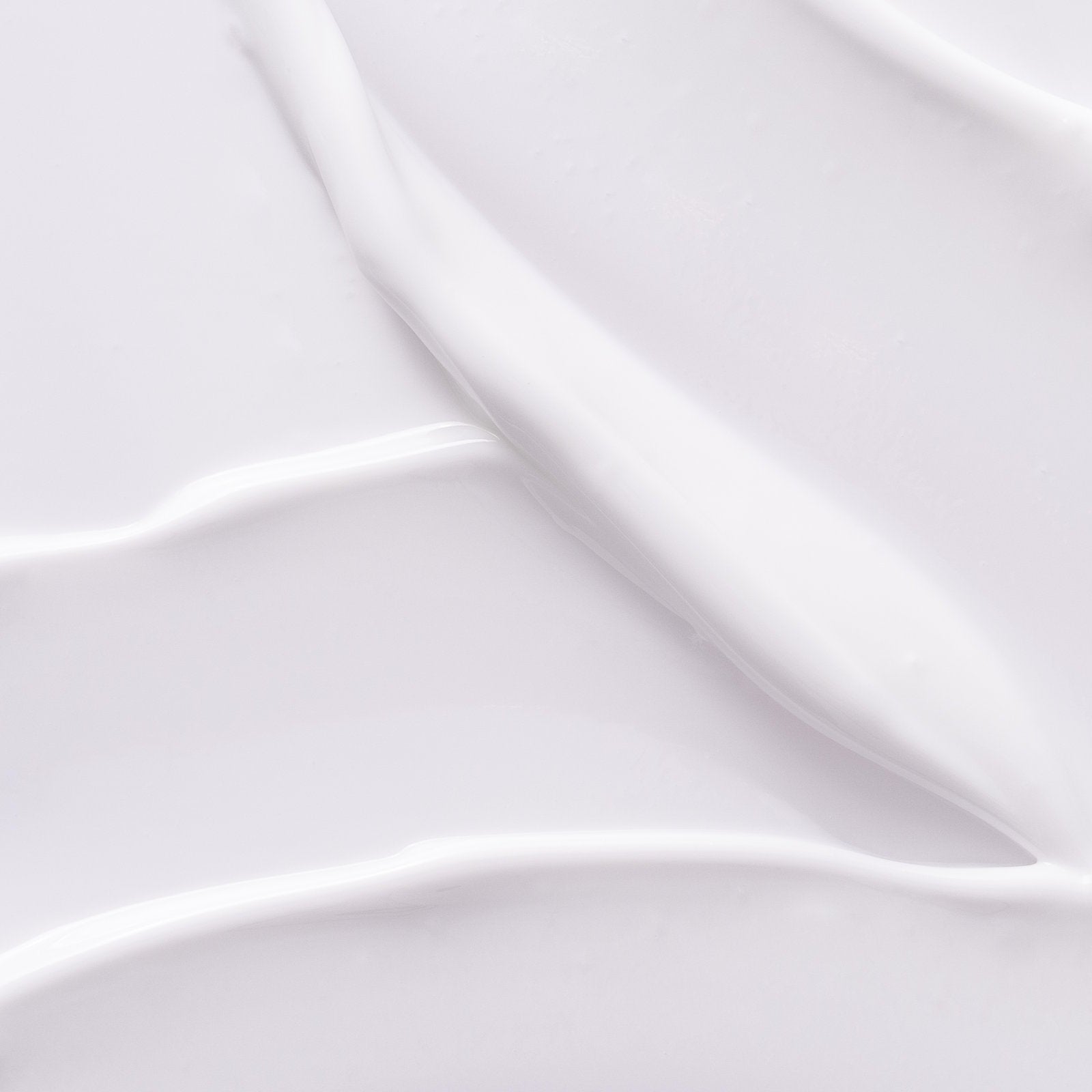
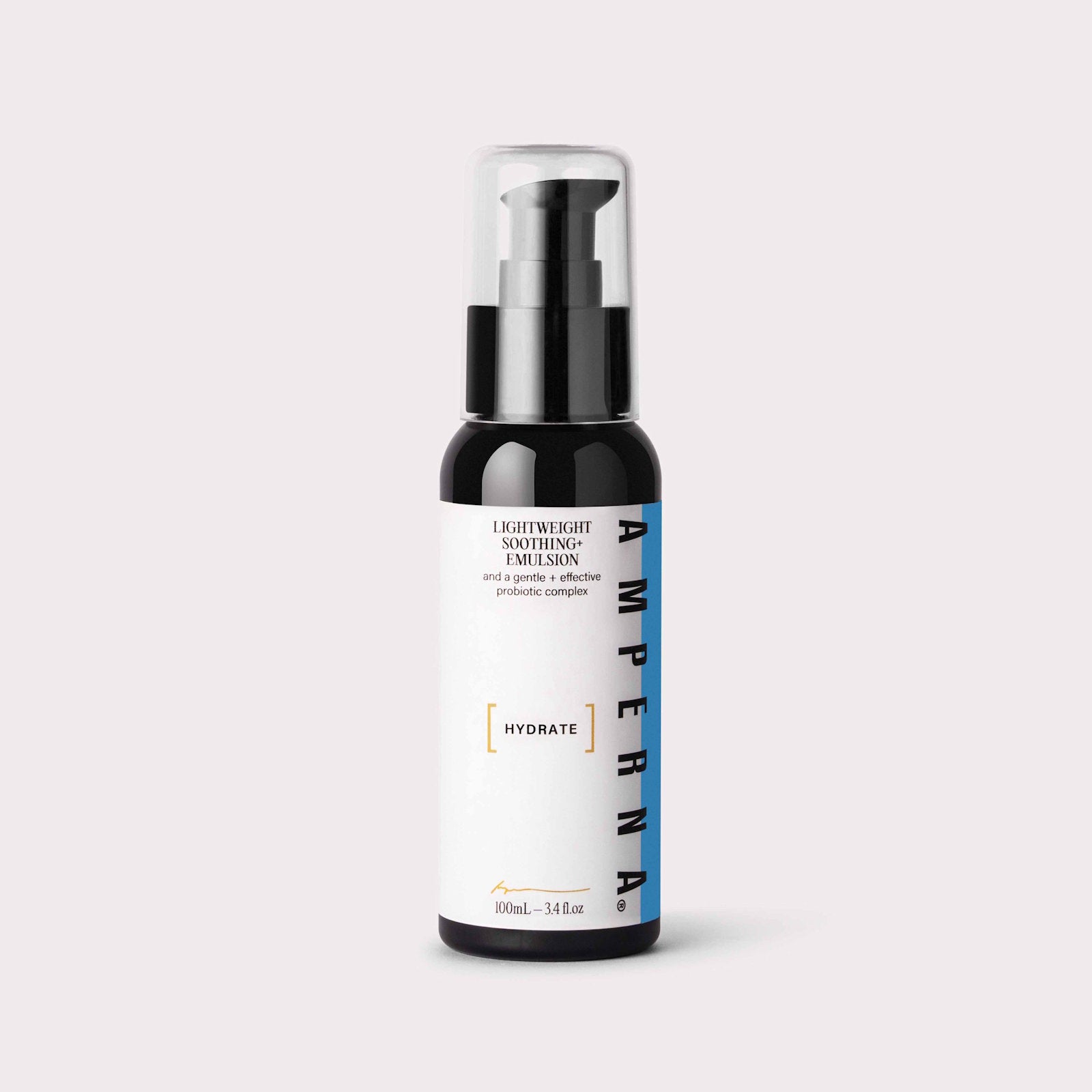
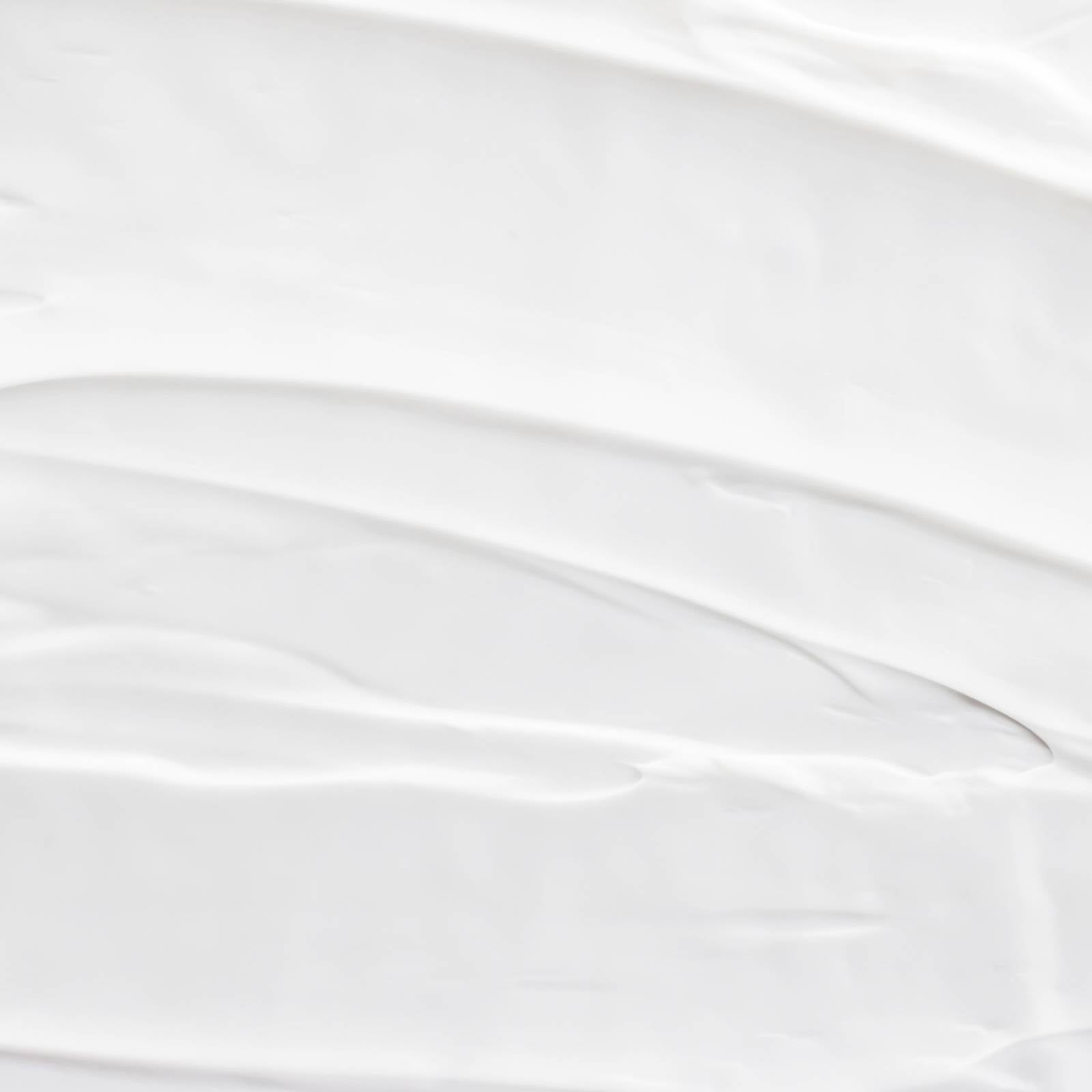
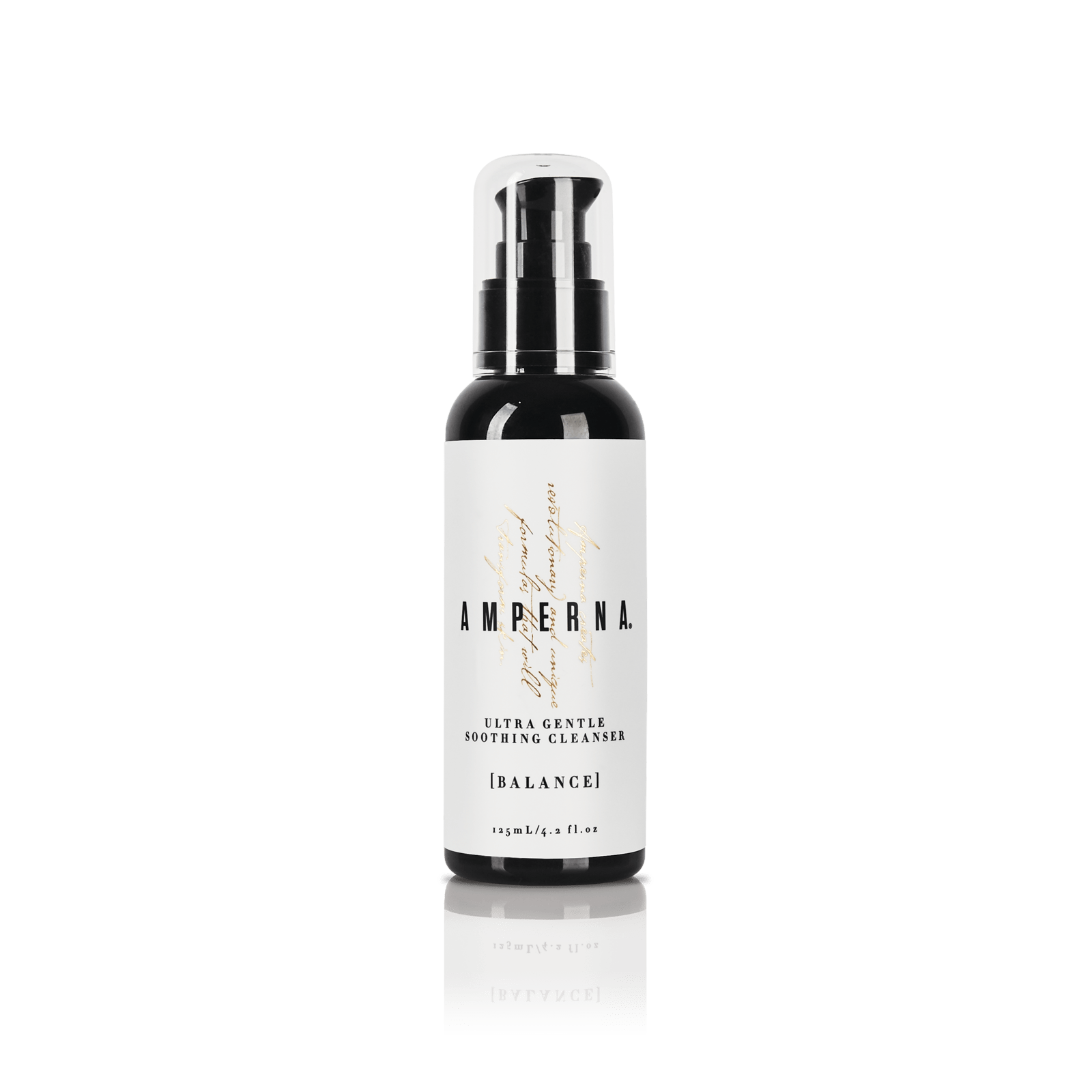
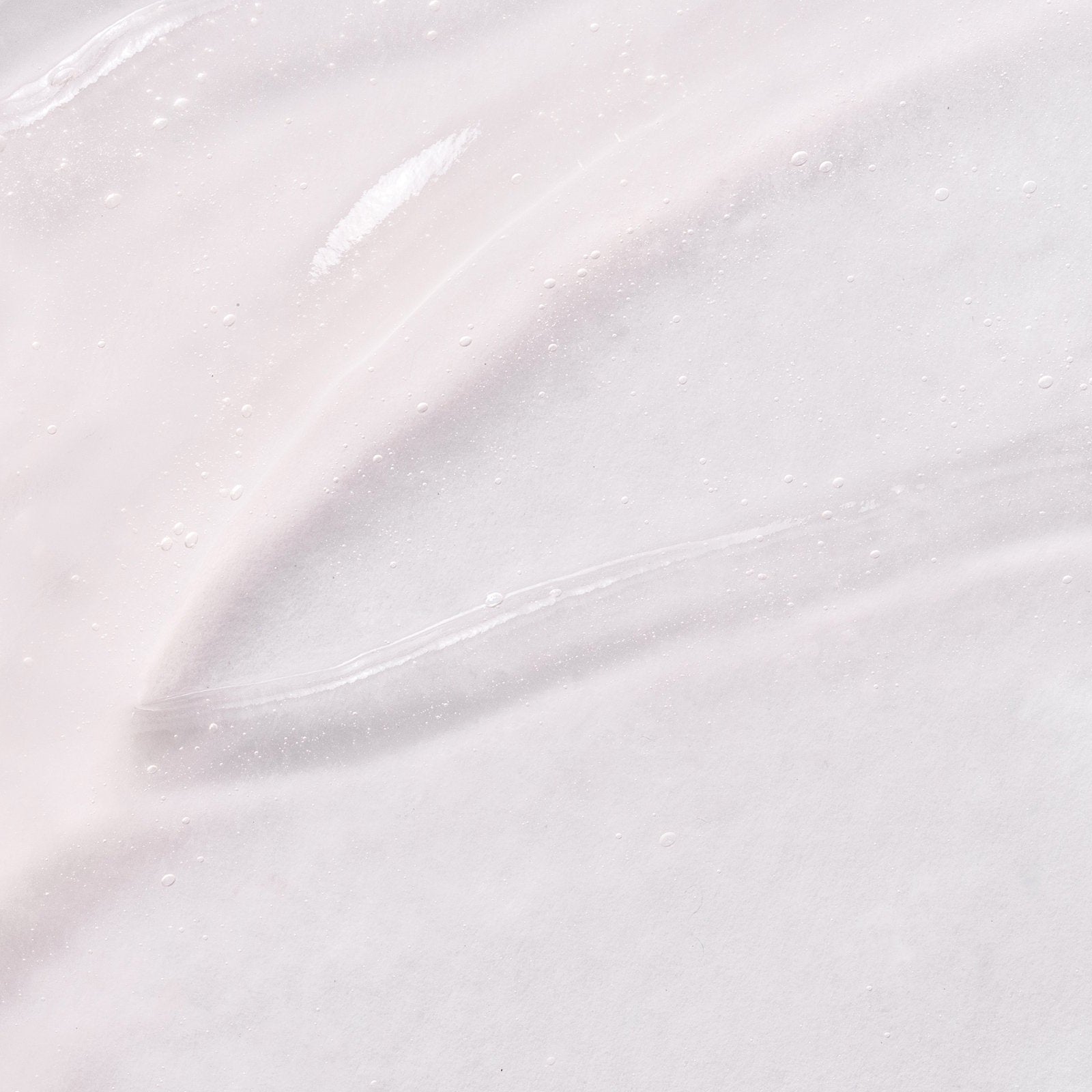
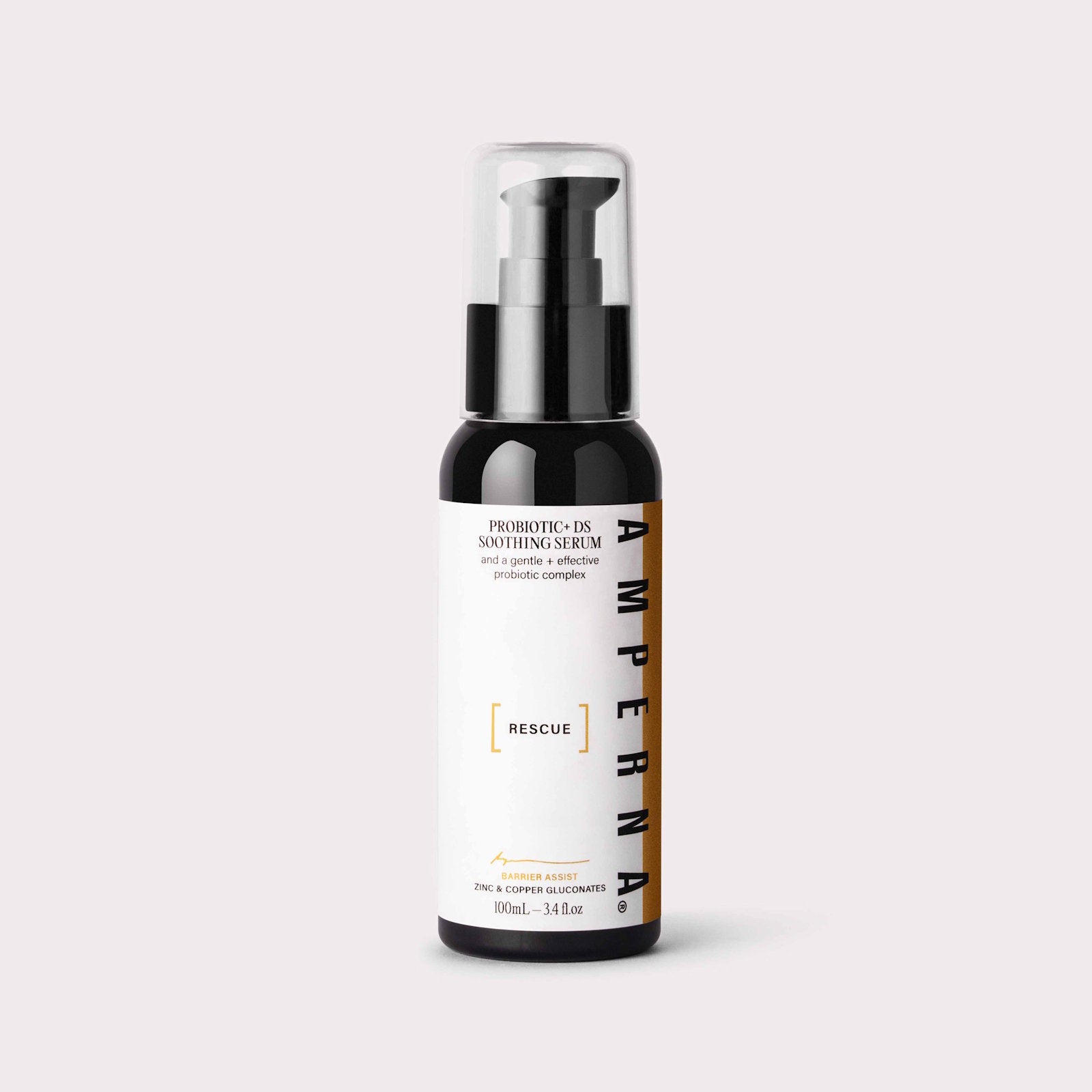
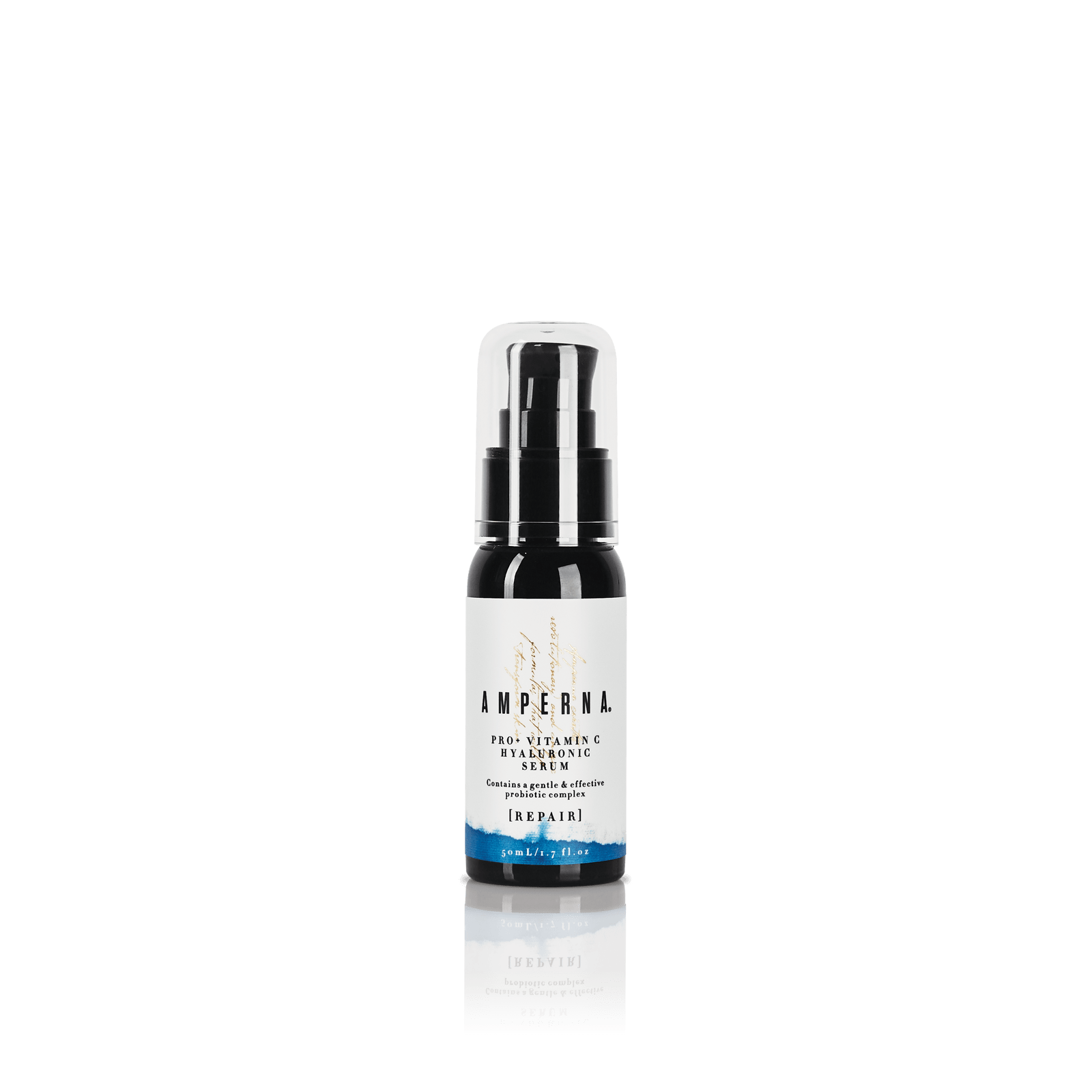
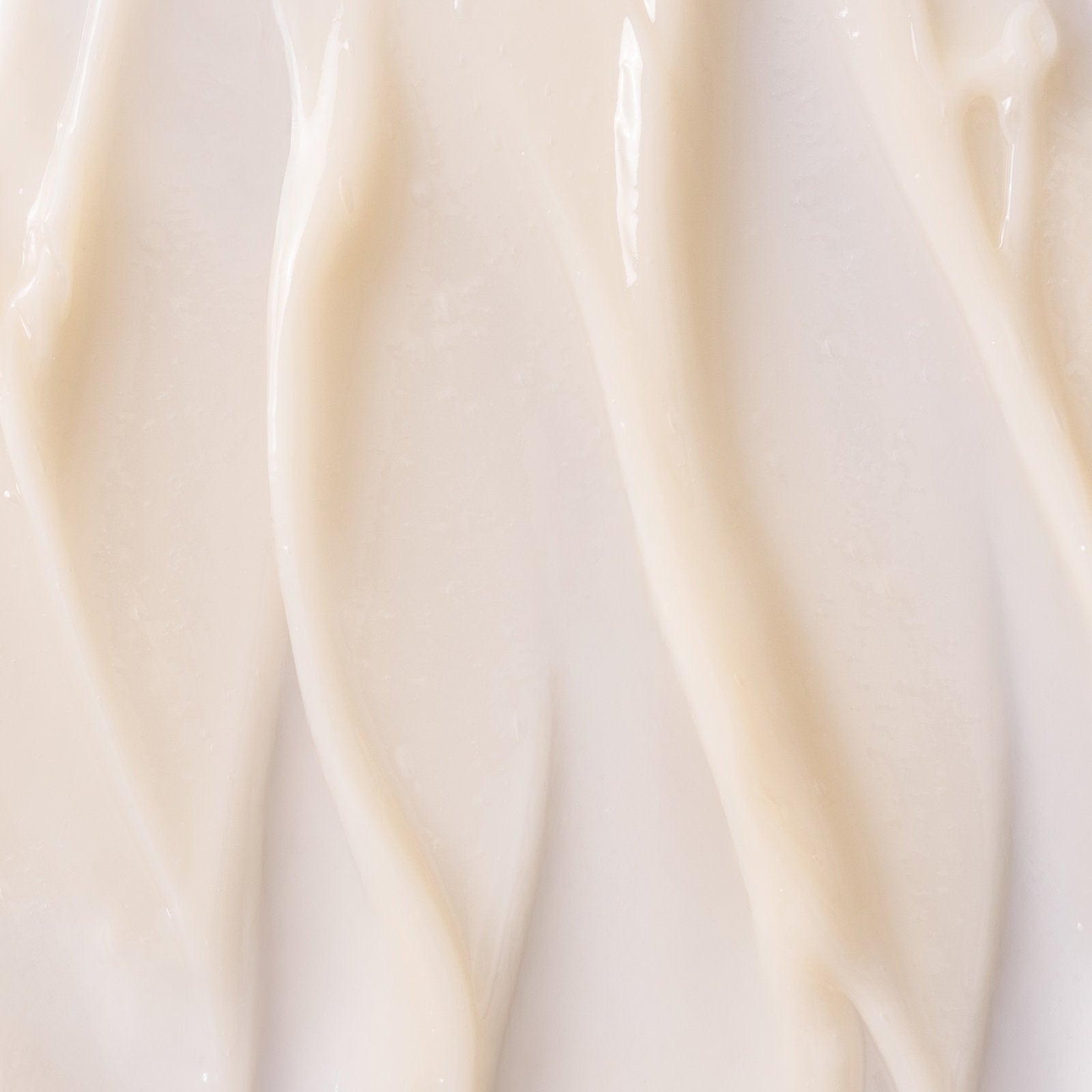
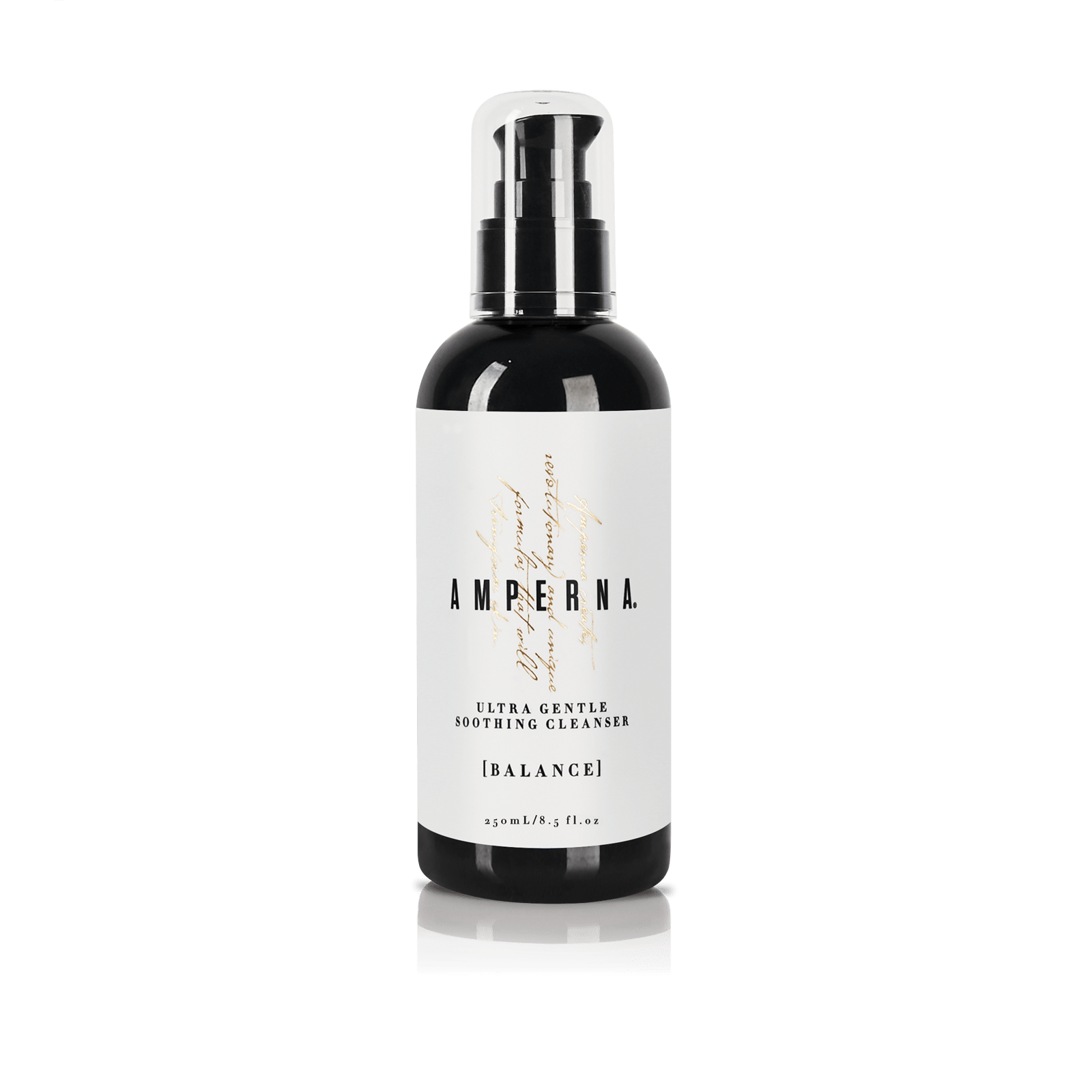
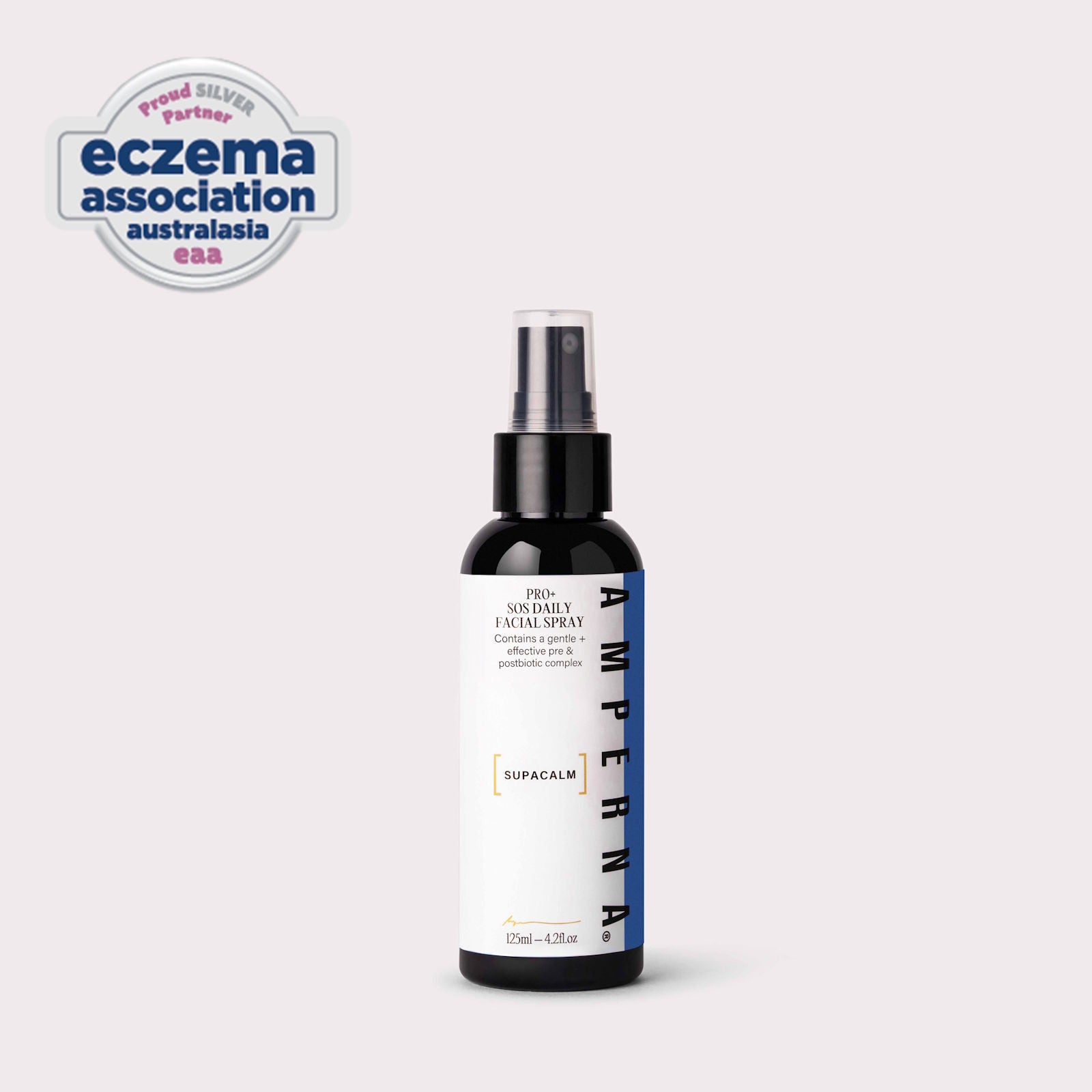
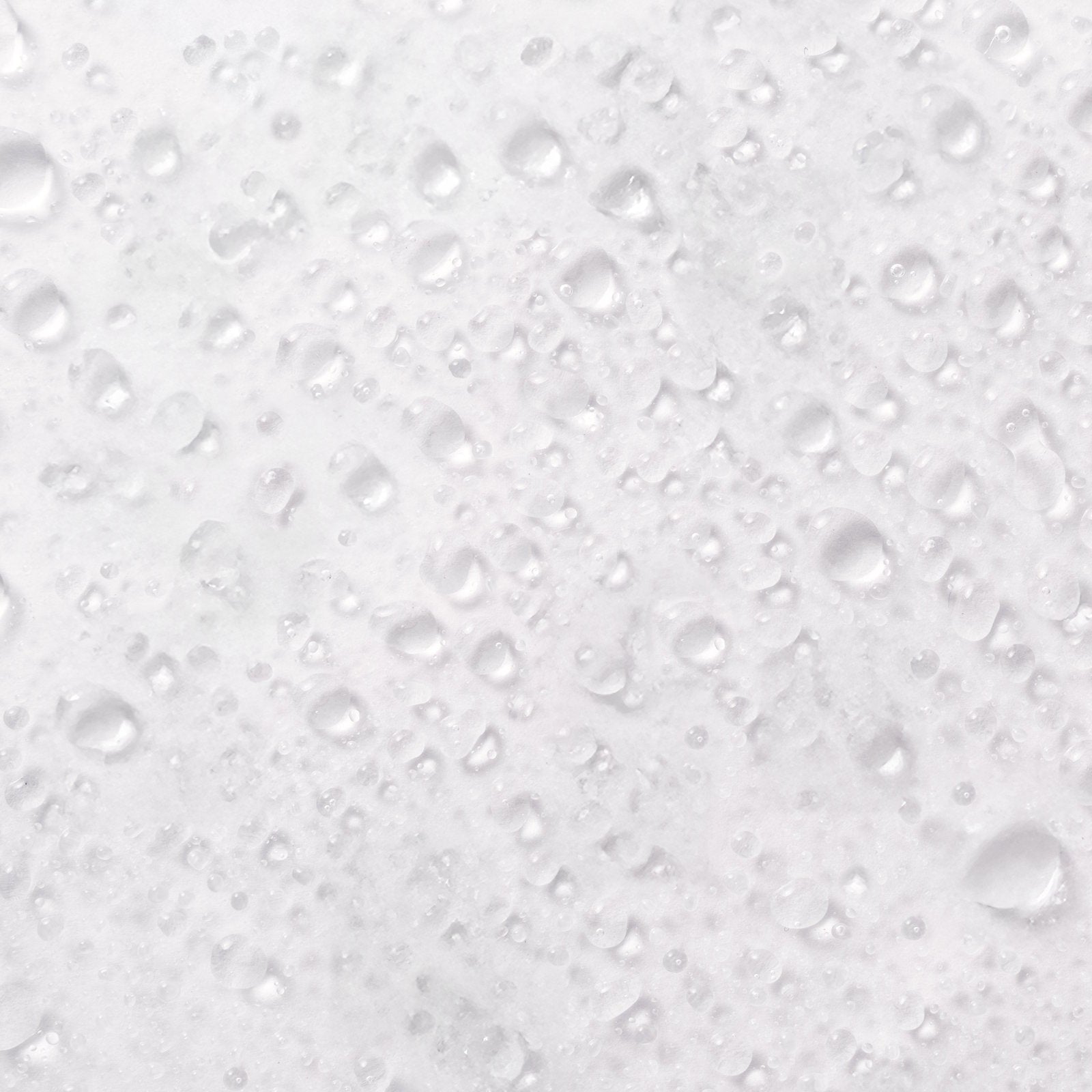
![Introducing AMPERNA® [DERMACARE] Haircare: For Scalp Comfort and Strong Hair](http://amperna.com/cdn/shop/articles/42_efd53385-7cf9-4b45-8e54-982415ee8fbc.jpg?crop=center&height=720&v=1761871871&width=1200)
